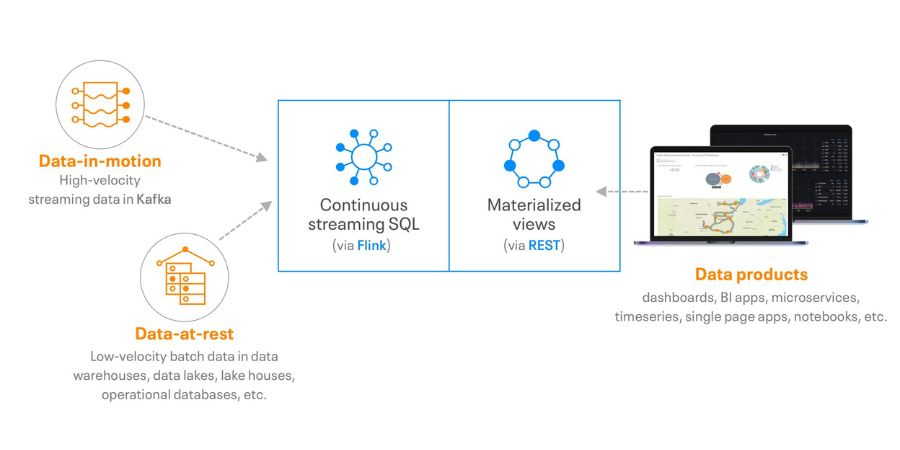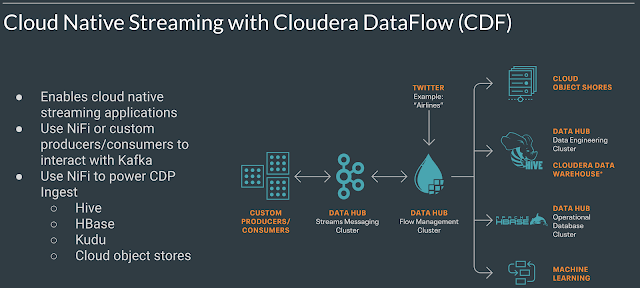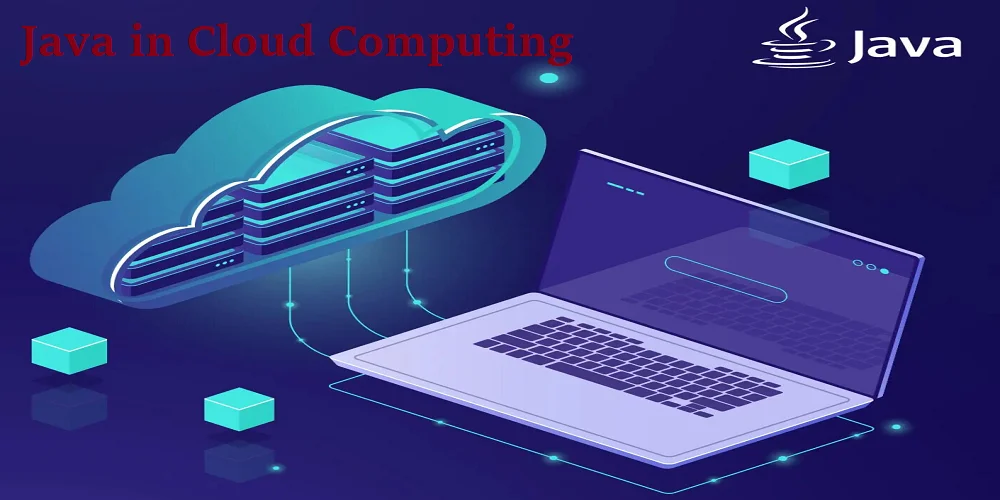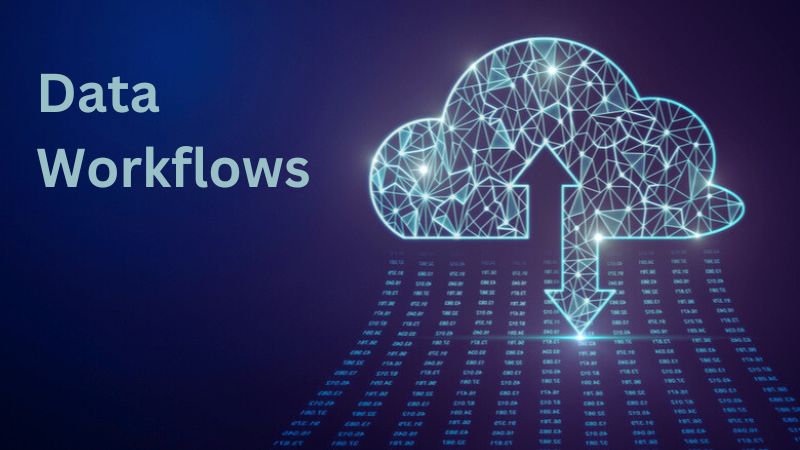Introduction to Data Streaming
Since data is being used in many fields, companies are confronted by quantities of data that increase and on a scale unseen before. To retain a competitive edge and make good decisions, companies must have the ability to process this data quickly just as it is generated. This is where data streaming comes in.
Real-time data streaming means receiving, processing, and analyzing the data as it’s produced. Streaming data differs from traditional batch processing in that companies can get real-time business intelligence and make fast decisions by continually feeding the model with new information instead of massive amounts at once. Cloudera streaming Consulting allows for real-time data analysis. Instant feedback is possible; patterns, anomalies, and trends are detected as they emerge.
Understanding Cloudera Streaming

Cloudera Streaming is a stable platform for realizing the promise of data streaming in analytics deployments suitable to enterprises. Cloudera Streaming uses the fault-tolerant and scalable Apache Kafka distributed streaming platform to consume, process, and analyze data streams.
Another critical element of Cloudera Streaming is its handling of large amounts of rapidly moving data streams. With a capacity of up to millions of events per second, it fits the bill for applications such as real-time analysis, fraud detection, and analytics on Internet data. Cloudera Streaming is fault-tolerant and data-durable, ensuring the data doesn’t disappear during an error.
Why do we need data streaming for next-gen analytics?
Next-generation analytics is data streaming. This means organizations can make decisions based on the latest information and act quickly. Typical data analysis workflows involve storing raw figures in databases or creating data lakes and then running calculation jobs once a day. This approach has its limitations in terms of latency and timeliness.
This is the data streaming that organizations can use to analyze results while they are created, making decisions faster and more accurate. However, businesses need real-time data streaming analytics to rapidly identify market opportunities and threats. It facilitates organizations in discovering anomalies, predicting customer behavior, and optimizing business processes in real time data. This leads to gains in operational efficiency, putting the company at a competitive advantage.
The Benefits of Cloudera Streaming in Data Analytics
For data analytics workflows, Cloudera Streaming offers several advantages. It provides scalability and adaptivity. In other words, it means that organizations can handle vast amounts of data quickly and simultaneously continually modify how this processing needs to be done. With Cloudera Streaming, your organization can quickly expand its ability to capture and process data in proportion to the growth of streamed information.
Second, Cloudera Streaming provides a unified platform for data streaming and analytics. It naturally fits well via other parts of the Cloudera Data Platform, such as Cloudera Data Warehouse and Cloudera Machine Learning. As a result, organizations can construct data analytics pipelines from start to finish, from capturing raw data through analysis to applying the model.
Lastly, Cloudera Streaming offers robust security and governance. It also includes encryption and authentication mechanisms to ensure the confidentiality and integrity of data streams. It also provides fine-grained access control and auditing so that organizations can maintain data privacy.
Implementing Cloudera Streaming in Your Analytics Workflow

A few considerations for integrating Cloudera streaming into your analytics workflow are: Secondly, you must figure out which data sources need streaming and in what format. Supported data ingestion methods include Kafka connectors and Apache NiFi.
Afterward, you must design the data processing pipeline. This means deciding on the data transformations and analytics you want to apply against streaming data. Using Cloudera Streaming, users get many tools and libraries–including Apache Flink, to process the streams.
Once the data processing pipeline is designed, you can use Cloudera Streaming to deploy and manage it. Cloudera offers a full suite of management and monitoring tools, including Cloudera Manager, Streams Metrics Monitoring Agent, the S3DEC Storage Management Service, and LogAnalyzer–to ensure your data streaming platform runs smoothly 24/7.
Streaming Adoption: Issues and Concerns
Cloudera Streaming does have advantages, and there are challenges (and things to remember) in using the platform. One of the biggest problems is data integration. Many organizations will already have data sources and systems in place, requiring integration with Cloudera Streaming. This is not a simple matter, but it requires meticulous planning and careful coordination if it’s going to be done with no break in work.
Another factor to consider is the learning curve for Cloudera Streaming. It is a relatively complicated platform. One needs to possess a certain level of expertise and training to use what its features offer best. To ensure actual implementation and complete use of the capabilities that Cloudera Streaming can provide organizations, they must invest in training their people or make good choices among experienced consultants.
Organizations must also budget for the implementation of Cloudera Streaming. Although it offers much value, the platform needs infrastructure resources and continuous upkeep. In general, organizations must carefully compare the benefits and losses of investing in Cloudera Streaming.
Best Practices for Maximizing Insights from Data Streams
First, set clear objectives and applications for data streaming. Accordingly, order the concrete business problems that data streaming solutions can resolve by priority. This will streamline your efforts and add value to the data streams.
Secondly, ensure data quality and validity. This kind of streamed data flow is constant, and any problems with quality or stability in that flow will directly impact the accuracy of our insights. Data validation and cleansing equipment are in place to ensure only clean, high-quality data is processed.
Thirdly, make full use of real-time analytics capabilities. With complex event processing and machine learning, Cloudera Streaming provides powerful real-time analytics. Feel free to explore these capabilities. See what different kinds of sets you can derive from your data streams and draw new insights.
Lastly, build a data-driven decision environment. Bring data engineers, data scientists, and business stakeholders together. Make sure learnings from the stream of big never remain just information but immediately get put to use in action. Innovate, Maximize your data stream, and create a culture of experimentation and continuous improvement.
Conclusion: Embracing the Power of Cloudera Streaming in Next-Gen Analytics
To sum up, data streaming is an integral part of next-generation analytics. It provides organizations with a powerful platform to exploit the potential of data streaming for their analytics workflows. With Cloudera Streaming, organizations can gain real-time insights to make better decisions and stay competitive in today’s fast business climate.
In actuality, ensuring the successful implementation of Cloudera Streaming within an organization requires careful attention to these challenges and considerations. Follow best practices, take advantage of what Cloudera Streaming offers, and realize the total potential value of your data streams.



